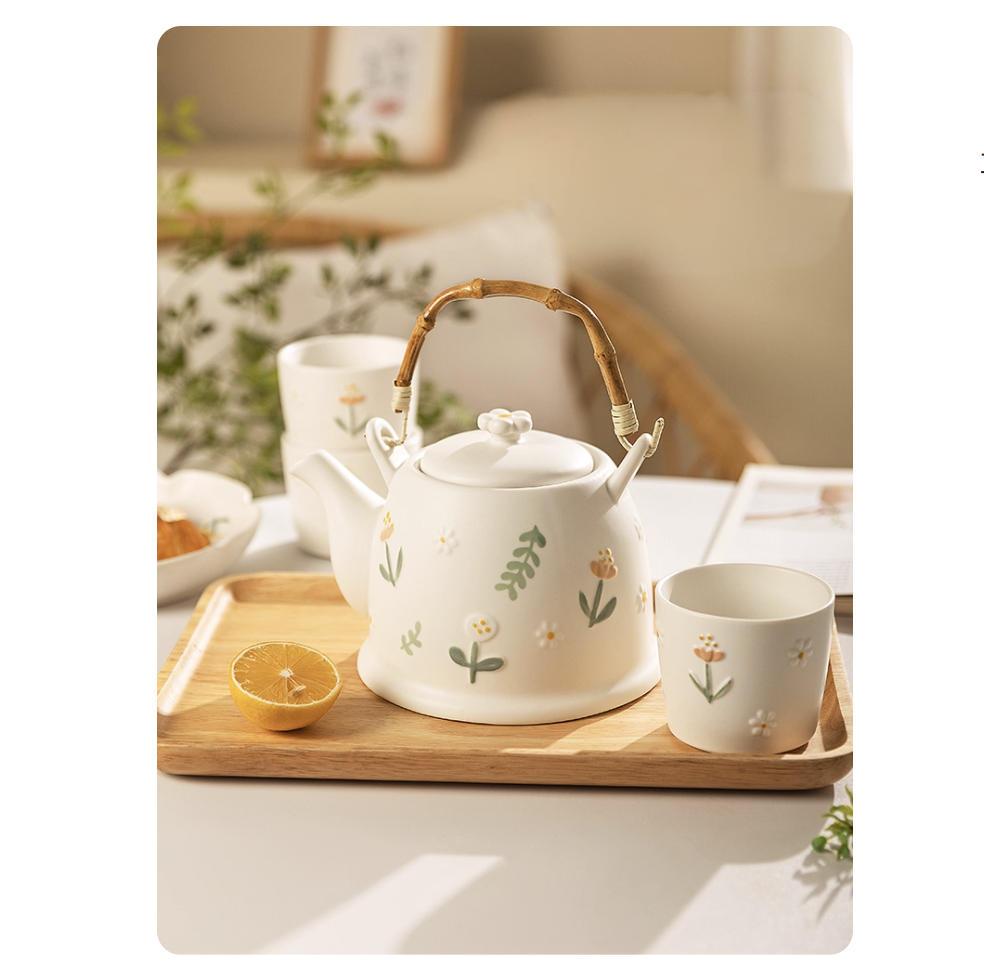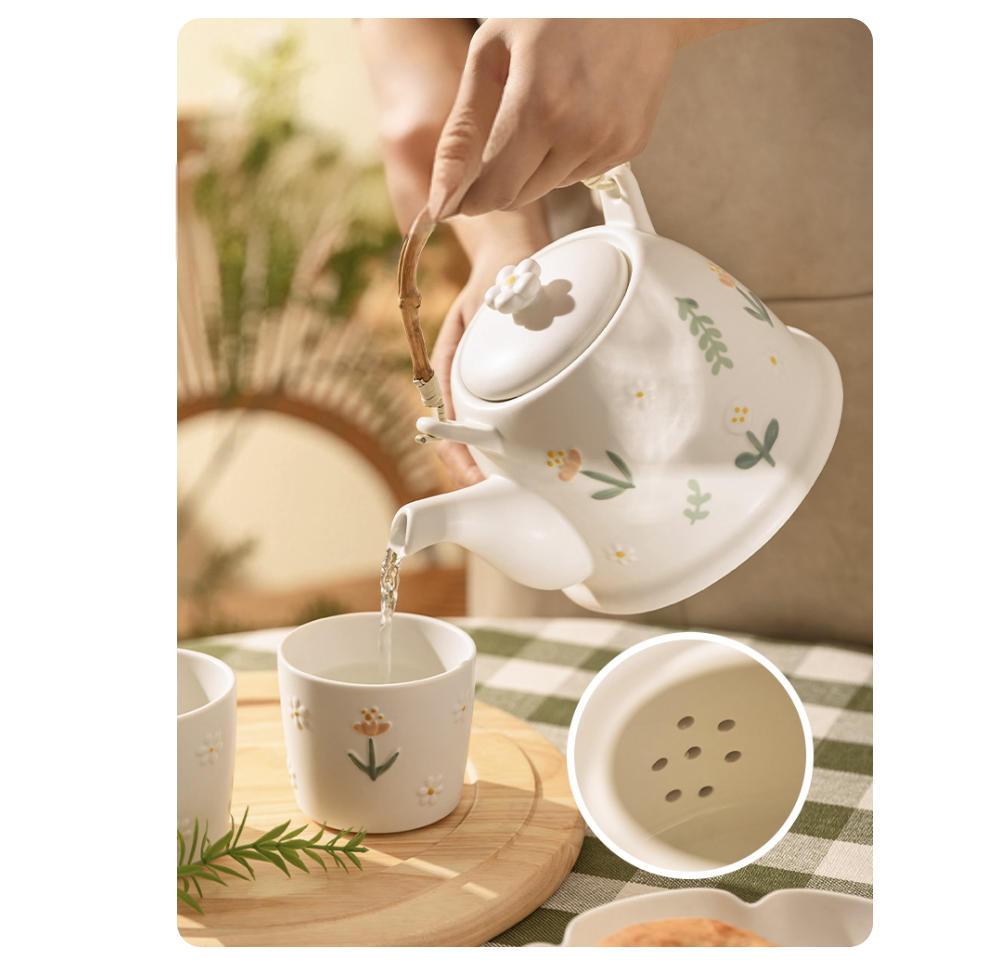
From Utensils to Teaware: The Primitive Evolution
Chinese teaware traces back to the Western Han Dynasty, where Wang Bao's Contract with a Servant mentioned dedicated tea utensils. Before the Tang Dynasty, tea tools shared with tableware until Lu Yu's The Classic of Tea documented 24 types of brewing equipment, establishing teaware as a distinct category.
Tang Dynasty teaware diverged between luxurious gold/silver sets for elites and rustic celadon for commoners. Song Dynasty's tea-tasting craze popularized black Jian cups with wide rims, while the Five Great Kilns' glaze innovations transformed teaware into art.
The Ming Dynasty's loose-leaf tea spurred zisha pottery's innovation, its porous structure ideal for oolong/puerh. Qing Dynasty's gaiwan with heaven-lid, earth-saucer, human-bowl design became imperial standard, while Jingdezhen artisans mastered enamel and blue-and-white porcelain.
Modern Minimalism: The Spirit of Simplicity
Modern brands like Simingtang embrace simplicity, using raw zisha and stoneware with visible wheel marks. This minimalist ethos blends Ru kiln's understated elegance with contemporary practicality.



